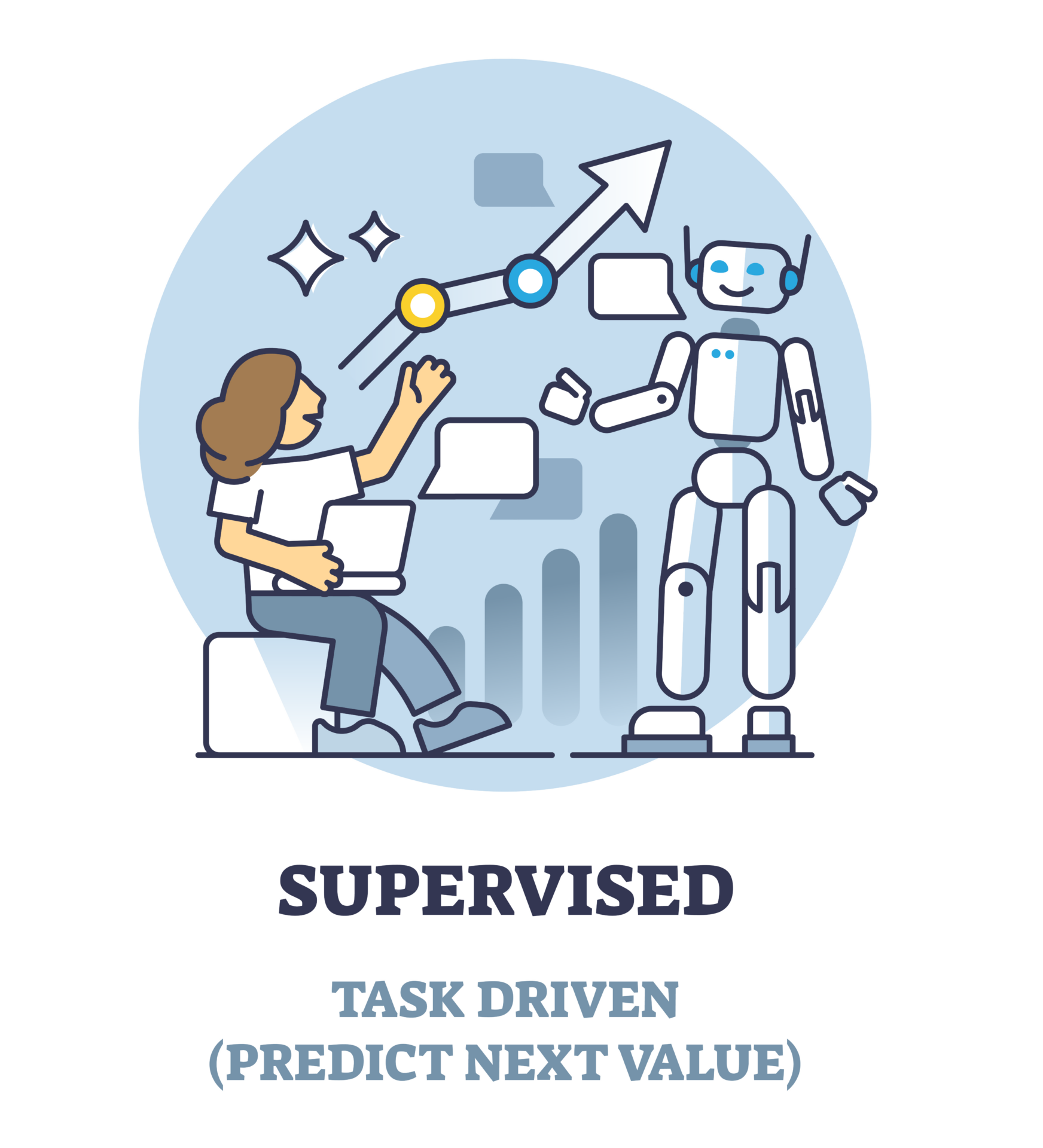What is Machine Learning?
Introduction to Machine Learning
How Machine Learning Works
Data Collection
The first step is to gather data that can be used to train the algorithm. This data can come from a variety of sources, such as sensors, databases, or user interactions.
Data Preprocessing
Once the data is collected, it must be preprocessed to make it usable by the machine learning algorithm. This might involve cleaning the data, removing irrelevant information, and converting it into a format that can be easily processed.
Model Training
The next step is to train the machine learning model on the preprocessed data. During training, the algorithm learns to recognize patterns in the data and make predictions based on those patterns.
Model Evaluation
After the model is trained, it must be evaluated to determine how well it performs on new data. This is done by testing the model on a separate set of data that was not used during training.
Model Deployment
Finally, the trained model is deployed and used to make predictions or decisions about new data.
Types of Machine Learning

Supervised Learning

Unsupervised Learning
Semi-Supervised Learning

Reinforcement Learning
Applications of Machine Learning
Image Recognition
Natural Language Processing
Predictive Analytics
Fraud Detection
Medical Diagnosis
Machine Learning Summary
